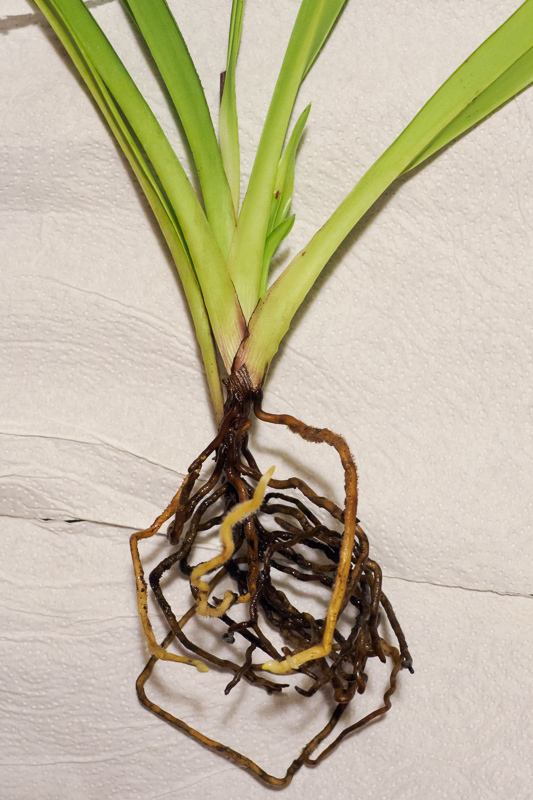I hope it's not that but I'll make sure to examine the crown.
I would rather act than hope!
I think the rot is a secondary damage. Usually you can't see the Oribatids (Moosmilben) or Tarsonemids (Weichhautmilben) if they are hiding deep in the crown. Their size is only 0,3mm!




